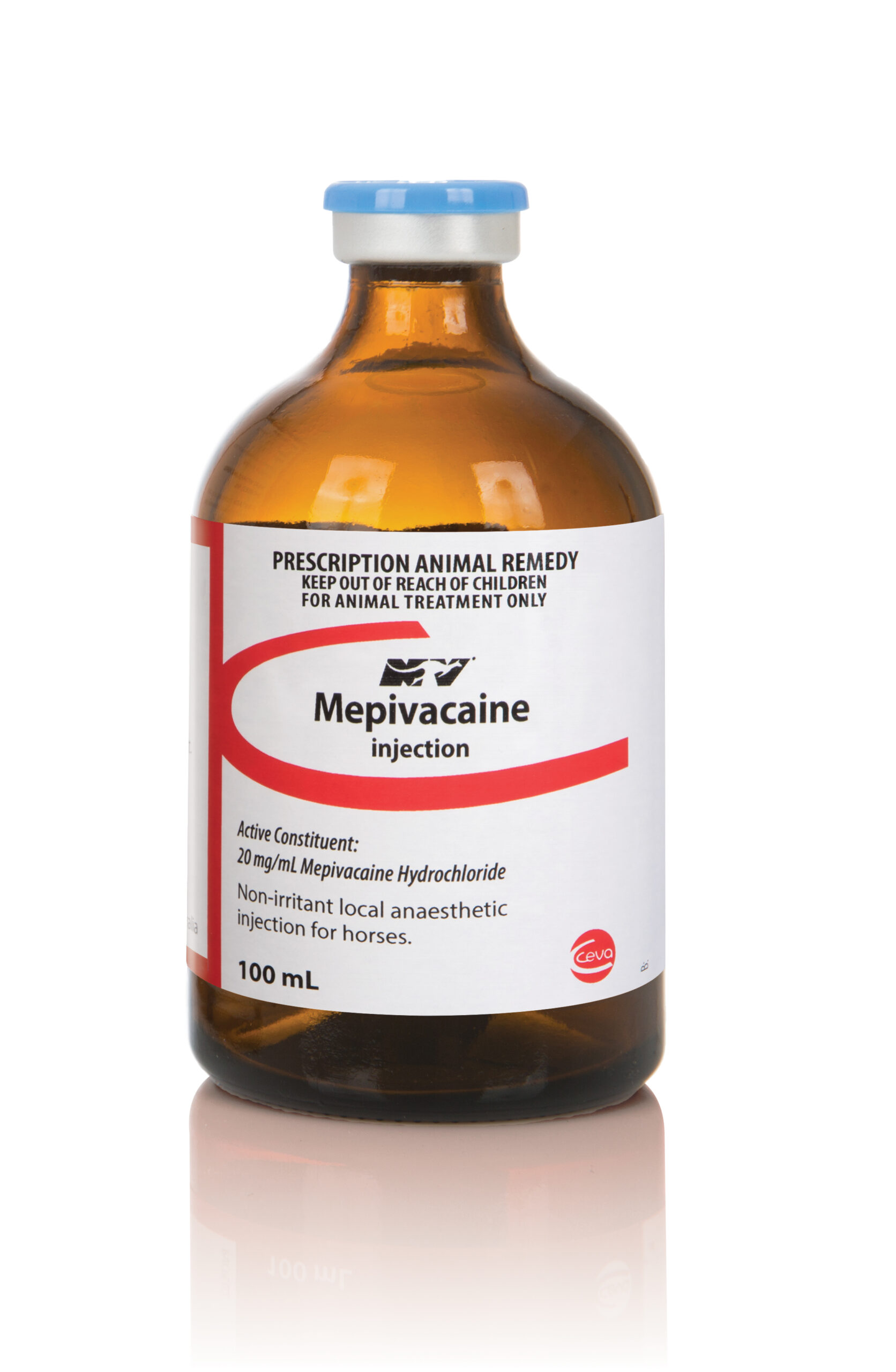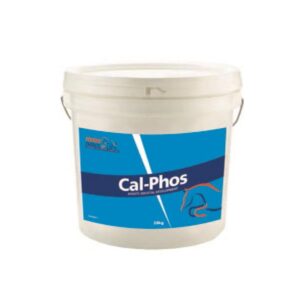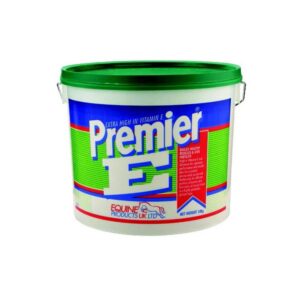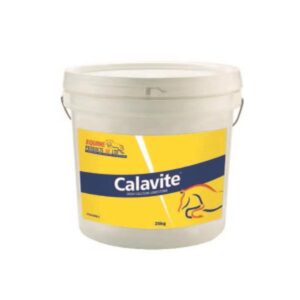COMPOSITION
Mepivacaine hydrochloride 20 mg/mL (2% solution)
ACTIONS
MEPIVACAINE is a sterile, iso-osmotic solution indicated for all techniques of local anaesthesia. Mepivacaine is from the amide group.
Anaesthesia develops rapidly, and is slightly more prolonged than with Lignocaine or Prilocaine.
Local anesthesia in equines has been associated with undue swelling at injection sites, with subsequent poor wound healing, breakdown of suture lines, and tissue sloughing of infiltrated sites.
MEPIVACAINE has low tissue reactivity and has proved an excellent anaesthetic agent for horses in field infusion, nerve blocks, epidural and spinal blocks, and intra-thecal anaesthesia.
Although MEPIVACAINE is suited to all animals, it has proven outstanding in horses.
The lack of tissue reaction following use has resulted in a significant increase in the number of wounds, particularly those of the lower limb, which are able to be sutured with confidence
of primary intention wound healing. Suture necrosis which may follow the swelling and subsequent tension in suture lines, even in such relatively simple procedures as Caslicks in mares, can be embarrassing and occasionally dangerous.
MEPIVACAINE dramatically reduces the risk of suture necrosis following swelling.
Nerve blocks in the equine lower limb, essential to veterinary diagnostics, can be performed without subsequent unwanted tissue swelling. Spinal anaesthesia is reliable and safe with MEPIVACAINE.
MEPIVACAINE is, and has been, the local anaesthetic of choice with equine veterinarians for many years.
INDICATIONS
To induce local anaesthesia
DOSAGE AND ADMINISTRATION
Administer by intramuscular or subcutaneous injection.
| Local infiltration: | Use volumes as required. |
|---|---|
| Nerve Block: | 5 – 10 mL by perineural injection. |
| Epidural Anaesthesia: | Anaesthesia of the perineal area follows injection of 8 – 10 mL at the sacro-caudal junction in approximately 5 – 10 minutes. At these volumes posterior ataxia is not expected. |




